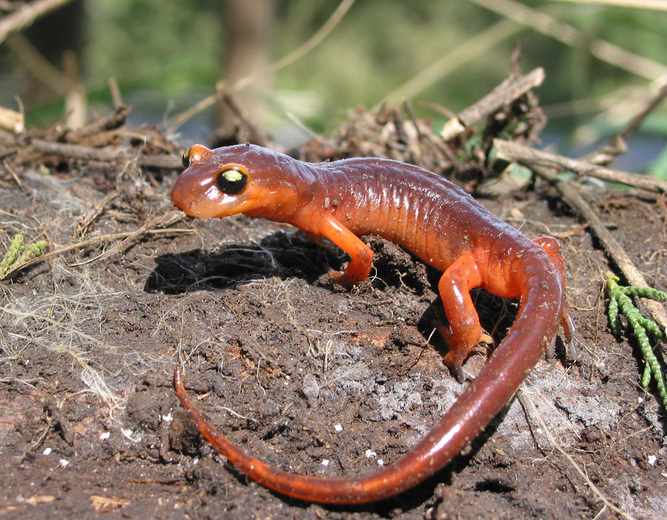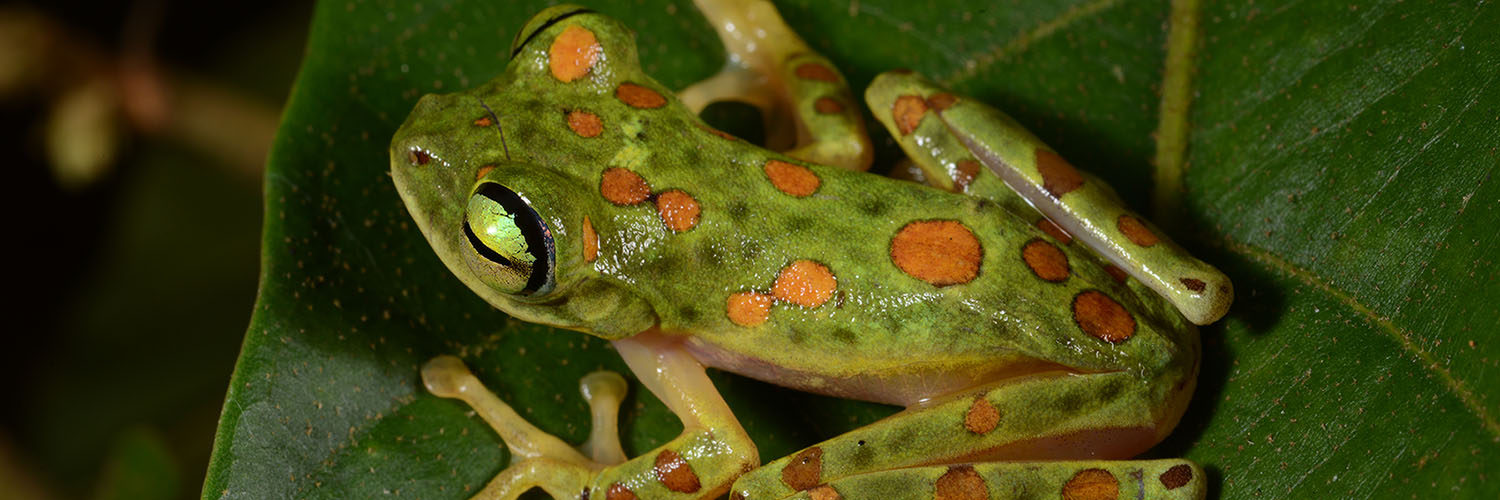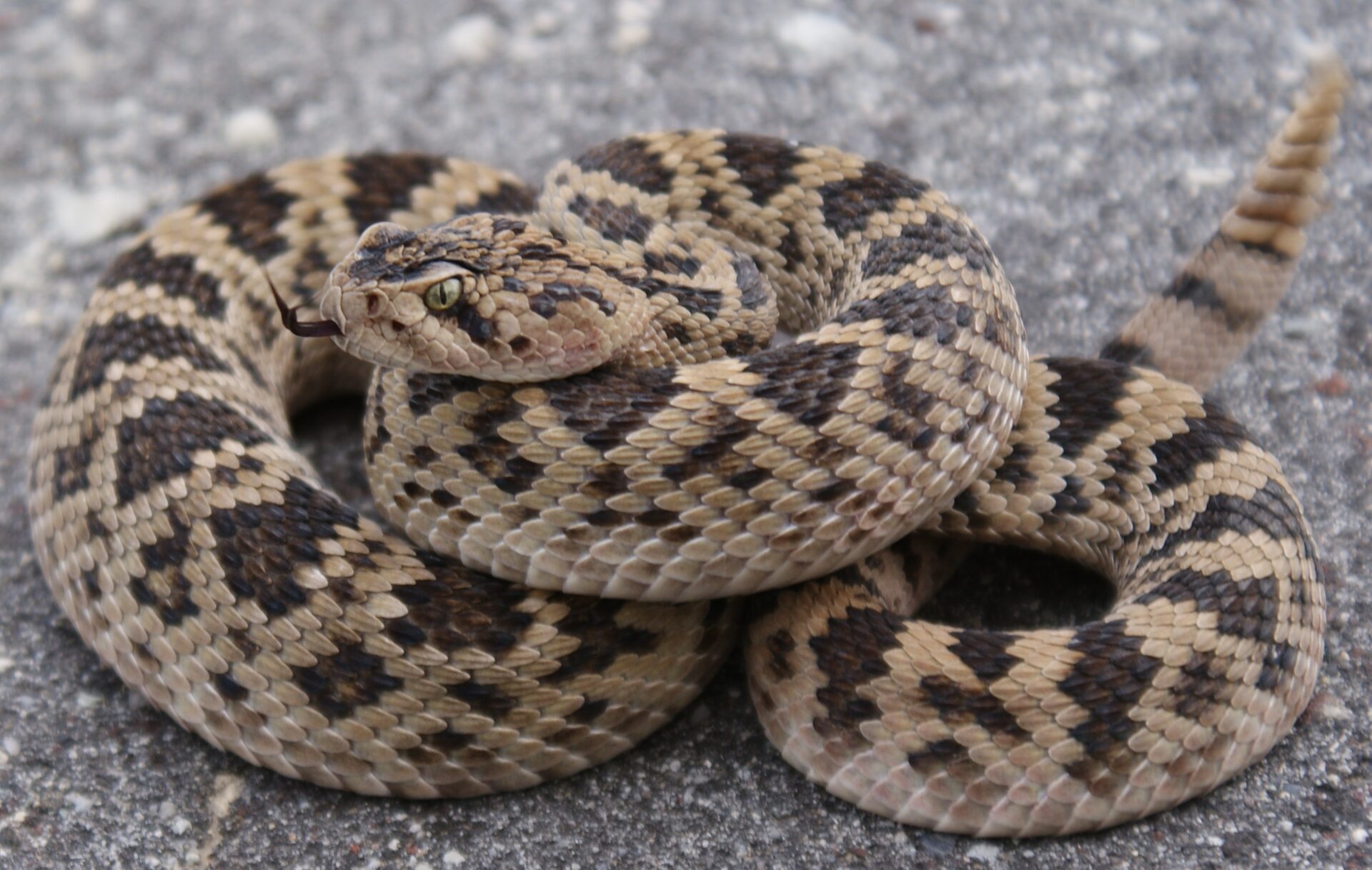Amphibians & Reptiles Collection
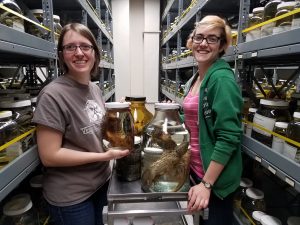
Please note that loan requests are backlogged and will take several months.
The MVZ collection of amphibians and reptiles contains over 300,000 catalogued specimens, including 150 designated holotypes and over 2,000 other type specimens. The oldest amphibian specimens date to 1876 and the oldest reptile to 1861.
Most specimens are fluid-preserved, but the collection also contains skeletal preparations, sets of amphibian eggs and larvae, and several thousand specimens that have been cleared and stained. Other special accessions include dissected pineal organs, removed stomach contents, almost 50,000 histological slides, and a series of dried frog skins from California and Argentina. Many of the cataloged specimens have associated tissues available from the MVZ Tissue Collection, one of the largest herpetological frozen tissue collections in the US.
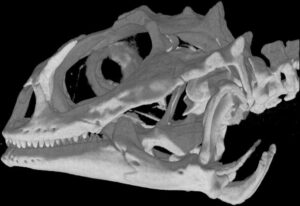
While the collection contains records from every continent, it is especially strong in its holdings from western North America and has important series from Latin America, Indonesia, and eastern and central Asia. Taxonomically, the collection contains representatives of every amphibian and reptile order, including 90% of amphibian and reptile families.
The collections are commonly used for systematics, teaching, ecological research, and reproductive studies. Other uses include comparative anatomy, locomotion, and zooarchaeology.
Publications:
Brief History of Herpetology in the Museum of Vertebrate Zoology, University of California, Berkeley, with a List of Type Specimens of Recent Amphibians and Reptiles. 2003. Rodriguez-Robles, J, DA Good and DB Wake. UC Press Zoology 131. https://escholarship.org/uc/item/1jw588mm
We’re part of NSF’s oVert Award!


